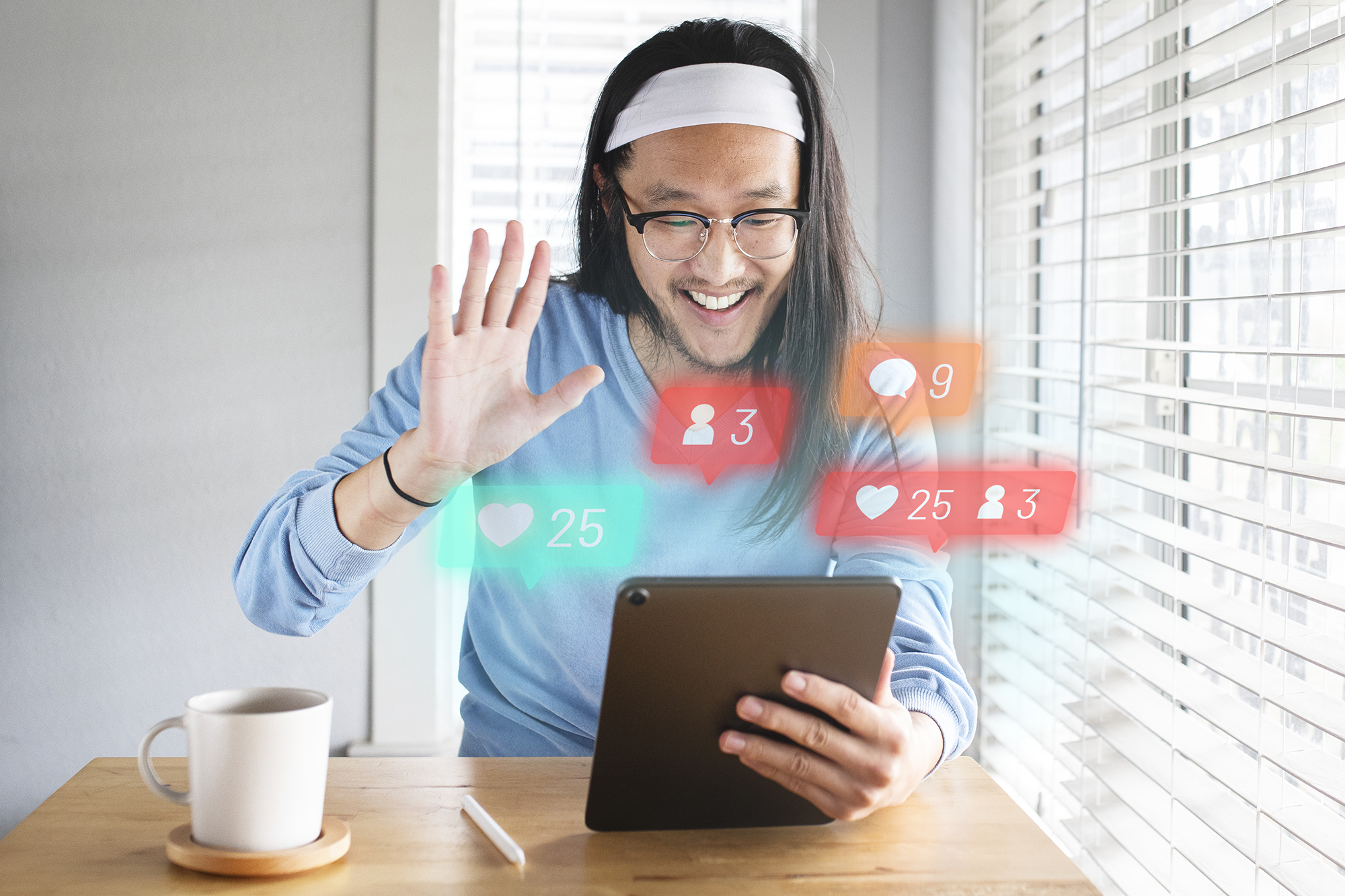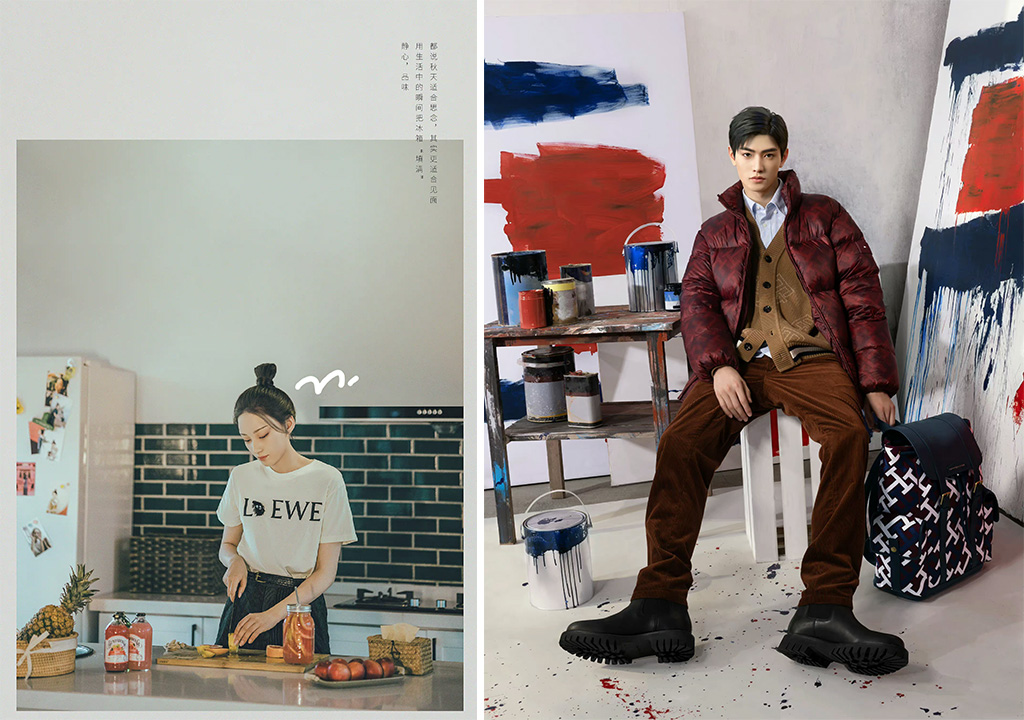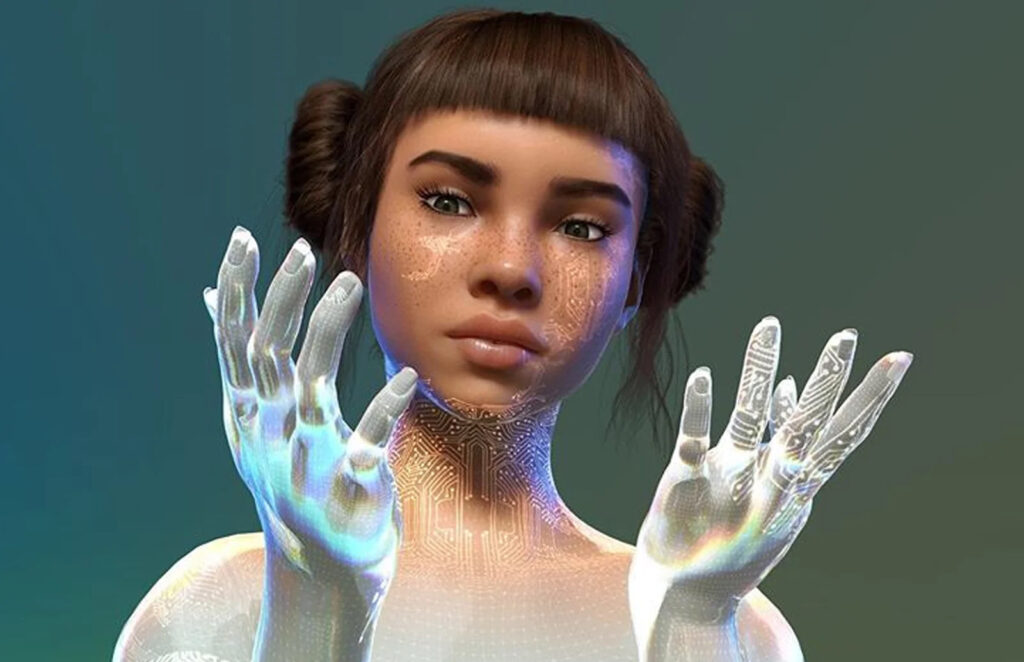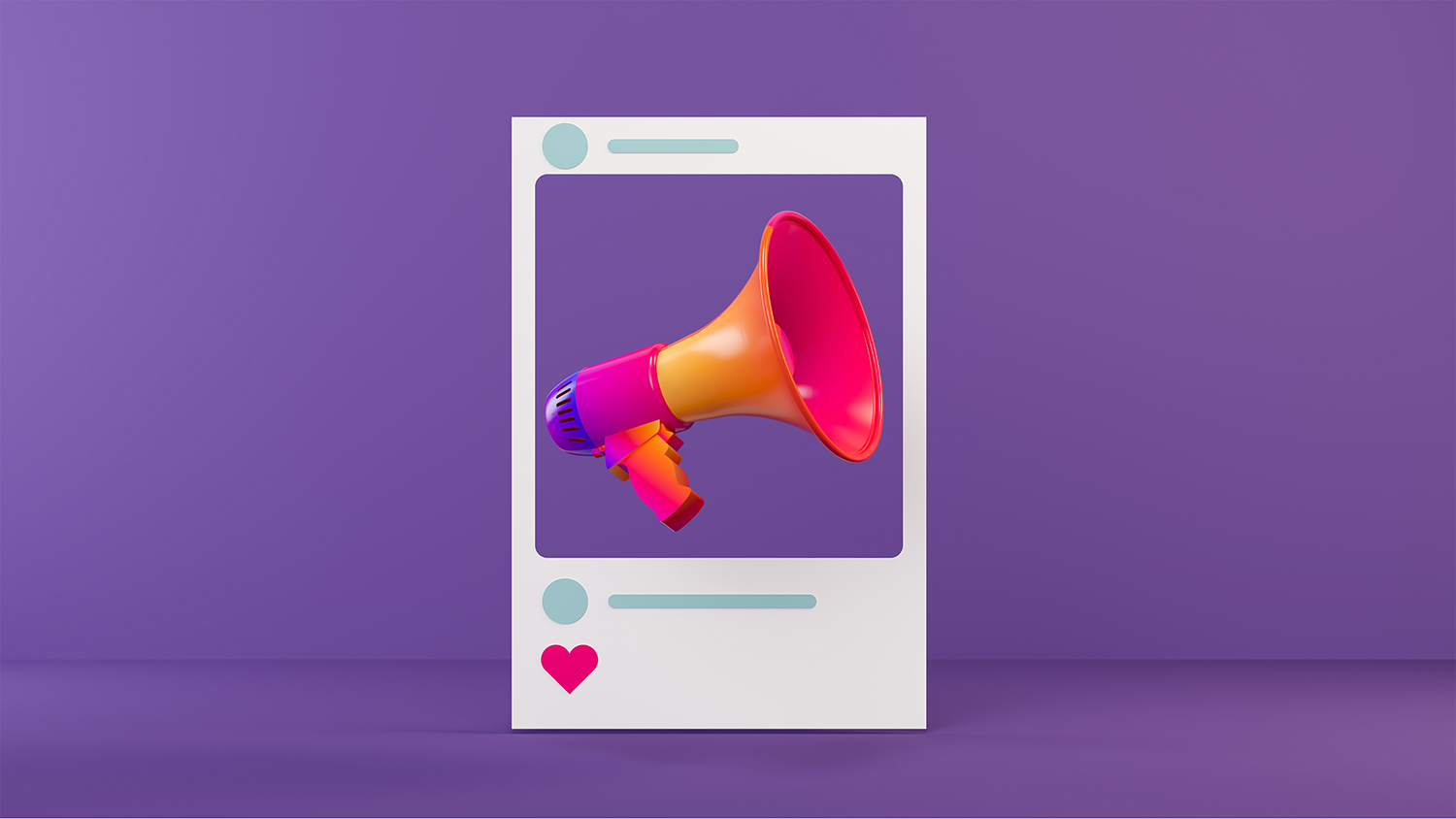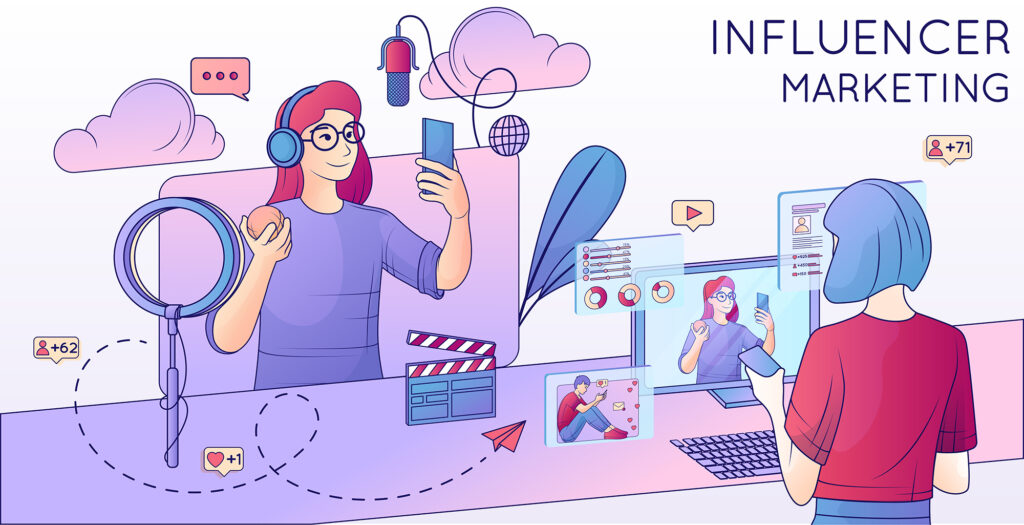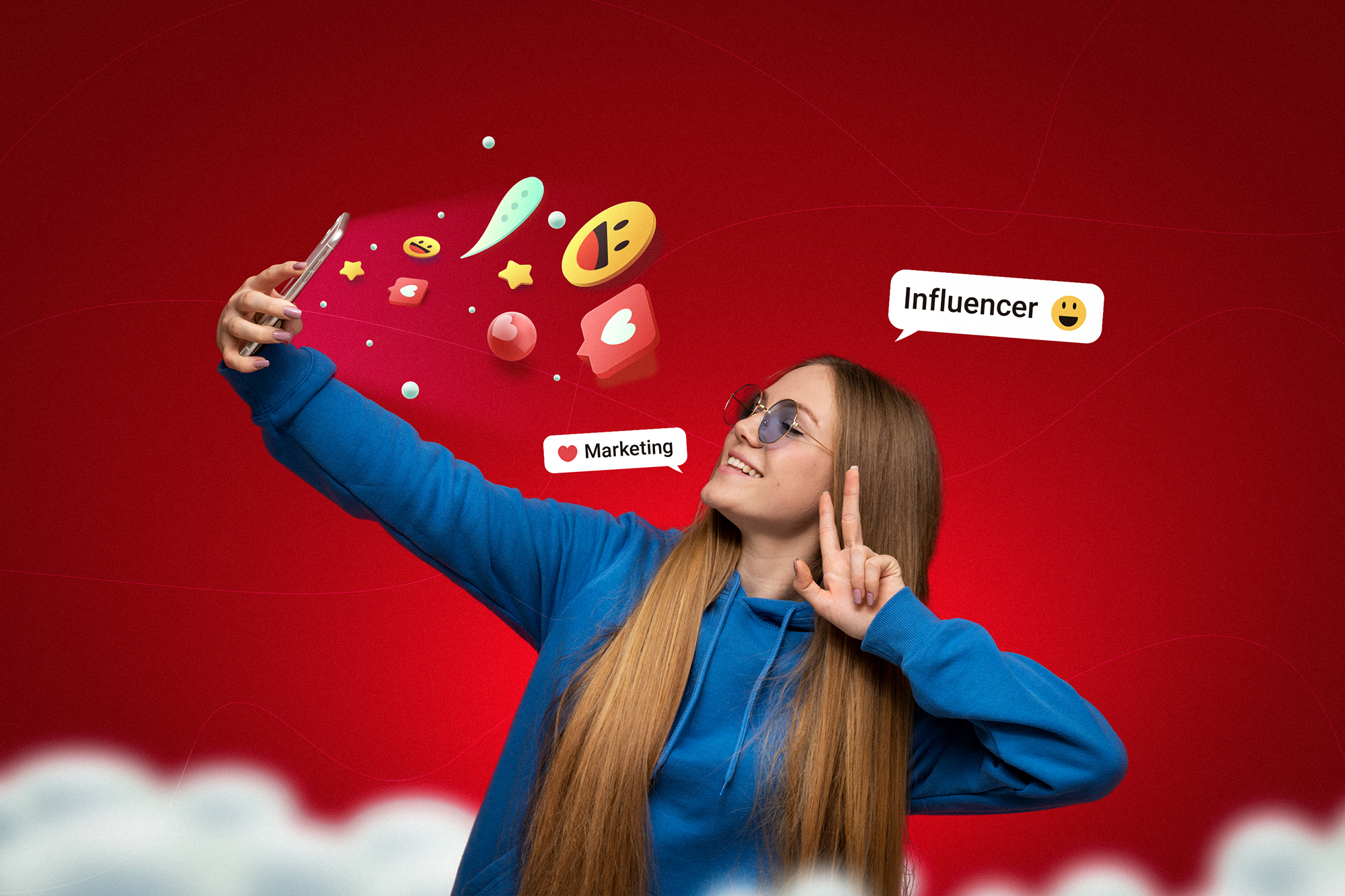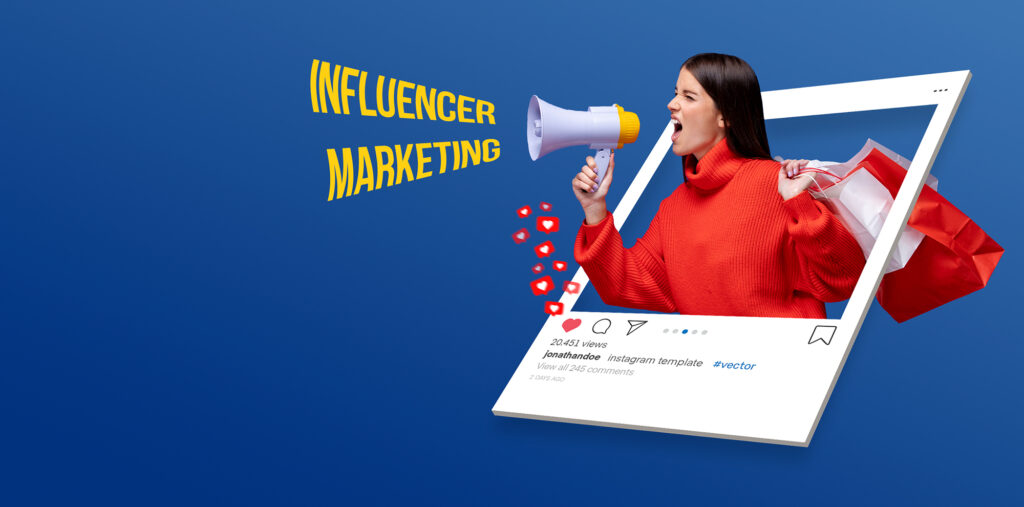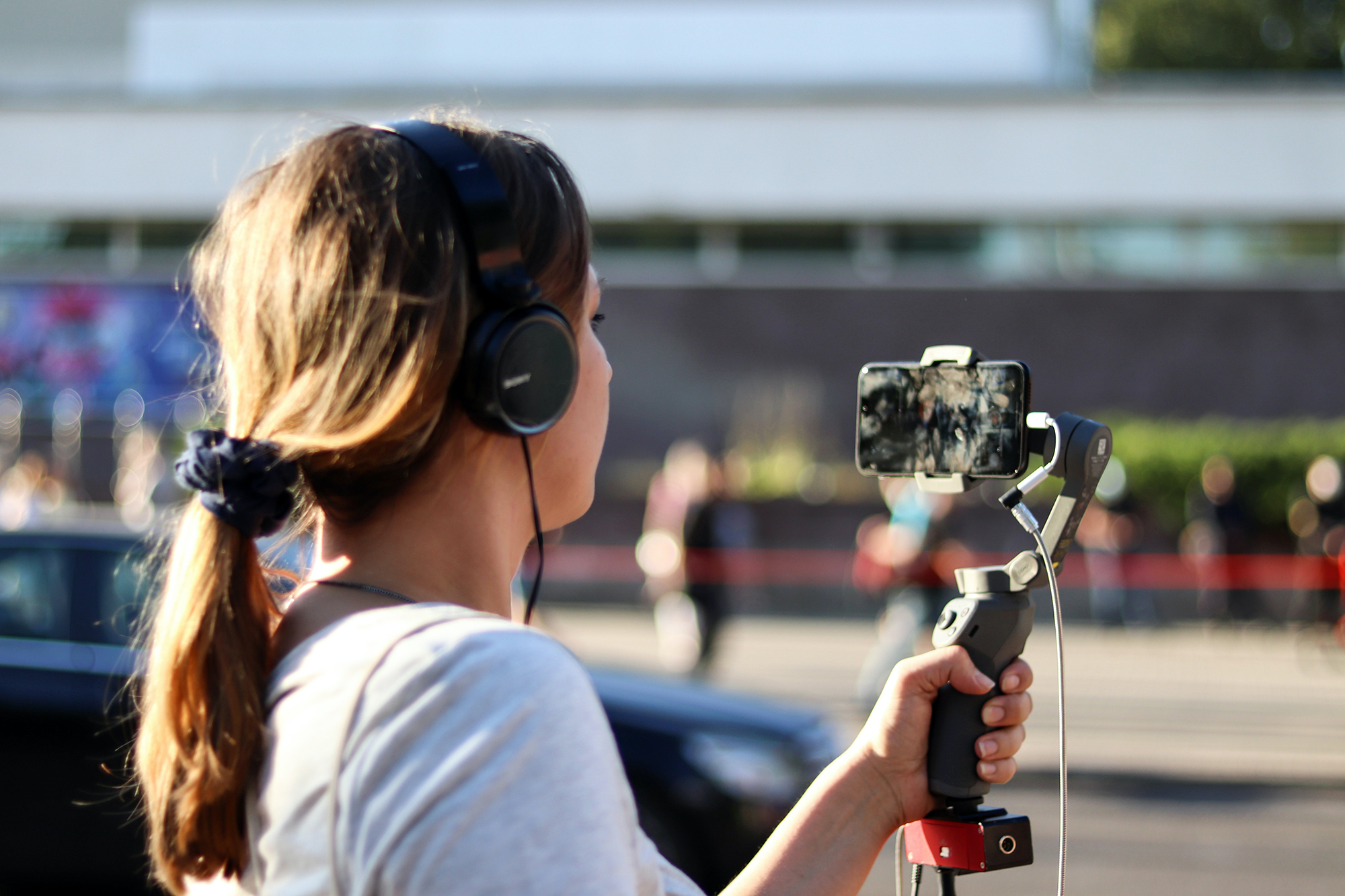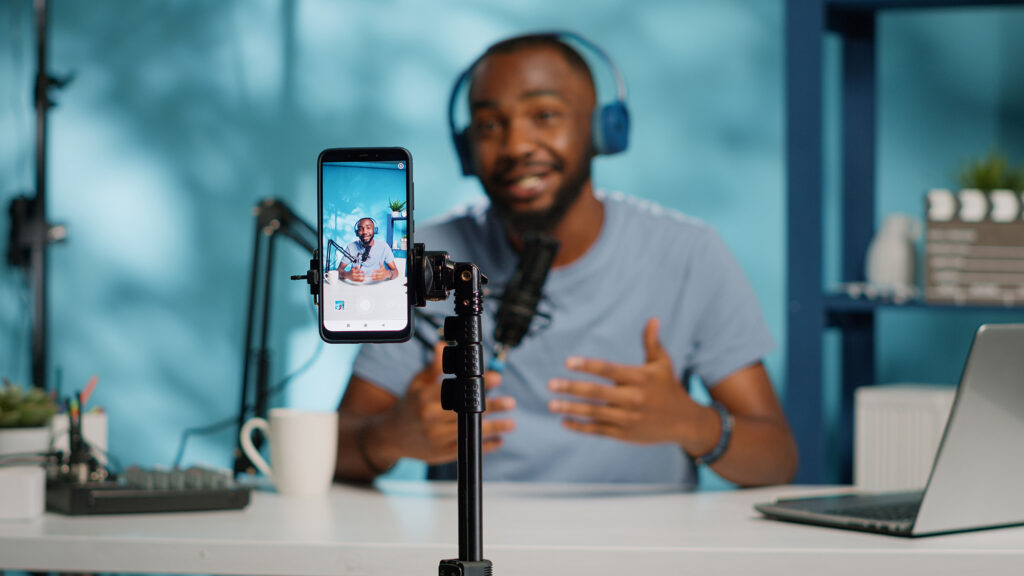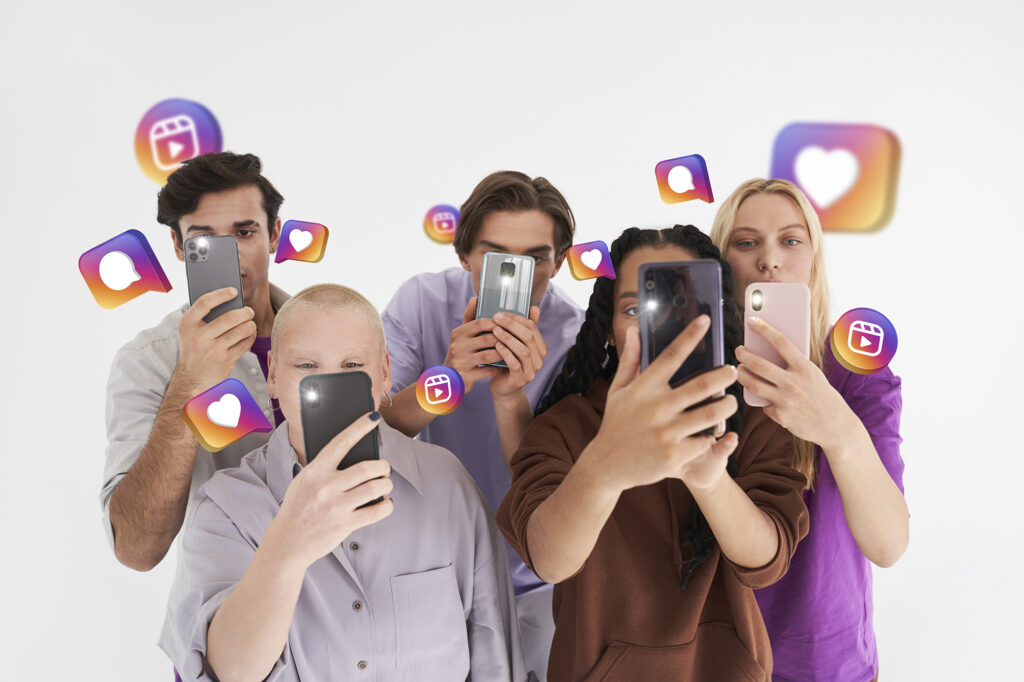The Metamorphosis of Influencer-Brand Collaborations
In the constantly evolving digital landscape, the dynamics of influencer-brand collaborations are changing. They are undergoing a significant transformation. Influencers are no longer just the faces endorsing products. They are now becoming integral stakeholders, co-creating product lines with brands. This shift is revolutionizing the influencer marketing sphere. Amplifying the credibility of influencers. And fostering the creation of products that genuinely resonate with the target audience.
The rise of influencer-brand collaborations on product lines is more than just a trend. It’s a transformative shift in the influencer marketing landscape. Influencers are becoming stakeholders, co-creating product lines with brands. They are creating products that truly resonate with the target audience. The future of influencer marketing is here, and it’s collaborative. For this reason, at Brandfluence, we provide social media management and Instagram consultancy for you to level up. Whether you’re a hotelier, a brand owner, or a tourism agency owner. We’ve got you covered with our premium services.
The Strength of Synergy: Influencer-Brand Collaboration Examples
The digital world is teeming with examples of influencer-brand collaborations. From beauty influencers co-developing makeup lines to fitness influencers launching their personalized activewear. These collaborations are a testament to the strength of synergy. They demonstrate the power of partnership and the potential in creating products. Such products should reflect the influencer’s persona and appeal to their audience.
In 2023, we expect content that’s more niche and geared toward what Kelly Ehlers calls “hyper-relevant audiences.” Ehlers, The Evoke Agency’s Founder, predicts more influencers working with companies in 2023. These influencers are aligning with their passions and values. She believes that these partnerships will pave the way for more niche content areas.

The Ripple Effect of Influencer-Brand Collaborations on Product Lines
The impact of influencer-brand collaborations on product lines is profound and far-reaching. These collaborations are not just enhancing the credibility of influencers. They are creating products meticulously tailored to the preferences of the audience. This approach results in products that are not only high in quality. But also carry a personal touch, making them more appealing to consumers.
Micro-influencers, despite having fewer followers, hold immense power. This is because micro-influencers often have high engagement and conversion rates. They tend to be experts in their niche. While still managing to remain relatable and accessible to their followers. In 2023, we can expect to see more brands working with micro and nano-creators.
The Crucial Role of Influencer Collaboration Platforms
Influencer collaboration platforms are the unsung heroes in the story of influencer-brand collaborations. They act as the industry’s matchmakers. They connect influencers with brands and paving the way for successful collaborations. These platforms provide a common ground where influencers and brands can meet. But also discuss and initiate collaborations leading to the creation of appealing product lines.
Social Kinnect’s Director Kejal Teckchandani thinks data will play a big role in 2023 campaigns. According to her, analytics enable brands to measure and improve campaigns performance. And allow them to address concerns. Like how follower count impact a campaign or which collaborations best fit a brand’s objectives.
The Advantages of Influencer-Brand Collaborations on Product Lines
Brand collaborations on product lines come with a plethora of benefits. For brands, they provide access to the influencer’s loyal audience. Opening up new avenues for reaching potential customers. For influencers, they offer the opportunity to create products reflecting their personal brand. This win-win situation enhances the brand’s reach. It gives influencers a chance to further establish their personal brand.
In 2023, it’s likely influencers will enjoy greater control when it comes to content creation. Moreover, brands may shift toward embracing a more collaborative model. Giving influencers and creators more freedom to create genuine content. The content that their followers will more likely engage with. Aside from benefiting influencers, this move will also help brands. Allowing them to have access to more authentic assets that can drive engagement. And not something that screams “advertisement.”
The Promising Future of Influencer-Brand Collaborations on Product Lines
The future of influencer-brand collaborations on product lines looks bright and promising. As influencers continue to gain credibility and influence. We can expect to see even more innovative and successful collaborations. The evolution of these collaborations will continue to shape the influencer marketing landscape. Leading to the creation of more personalized and appealing products.
Influencer marketing platforms and tools will continue to grow in the future. As the creator economy rises, influencer marketing platforms will reach $24.1bn by 2025. Growing at a CAGR of 30%. Influencer marketing remains small compared to digital marketing advertising. But it will continue to grow at a rapid pace. Marketers can benefit from influencer marketing. And that’s to reach new potential customers with an authentic and relatable message.
Conclusion
The rise of influencer-brand collaborations on product lines is more than just a fad. It’s a transformative shift in the influencer marketing landscape. Influencers are becoming stakeholders, co-creating product lines with brands. They create products that truly resonate with the target audience. The future of influencer marketing is here, and it’s collaborative. Want to know more about influencer marketing and how to incorporate it into your business? Keep an eye on our blogs or simply contact us, your Brandfluence Team.
FAQs
What are influencer-brand collaborations on product lines?
Influencer-brand collaborations on product lines involve influencers and brands co-creating products. Influencers are not just endorsers of these products. They’re stakeholders, playing a key role in the creation of the product.
What are some examples of influencer-brand collaborations on product lines?
Examples of collaborations on product lines include:
beauty influencers co-creating makeup lines and fitness influencers launching their own activewear.
How do influencer-brand collaborations on product lines impact the industry?
Influencer-brand collaborations on product lines enhance the credibility of influencers. They create products tailored to the needs and preferences of the target audience.
What role do influencer collaboration platforms play in influencer-brand collaborations?
Influencer collaboration platforms facilitate collaborations by connecting influencers with brands.
What are the benefits of influencer-brand collaborations on product lines?
Influencer-brand collaborations provide brands with access to the influencer’s loyal audience. They offer influencers the opportunity to create products that reflect their personal brand.
What can we expect from the future of influencer-brand collaborations on product lines?
As influencers continue to gain credibility and influence. We can expect to see even more innovative and successful collaborations.
How have influencer-brand collaborations evolved over time?
Collaborations have evolved from mere endorsements to influencers as stakeholders.
Why are influencer-brand collaborations beneficial for both parties involved?
These collaborations provide brands with access to a loyal audience. They offer influencers the opportunity to create products that reflect their personal brand. Making it a win-win situation for both parties.
Useful Links:
Brand Partnerships With Influencers: Benefits and Ways To Partner
